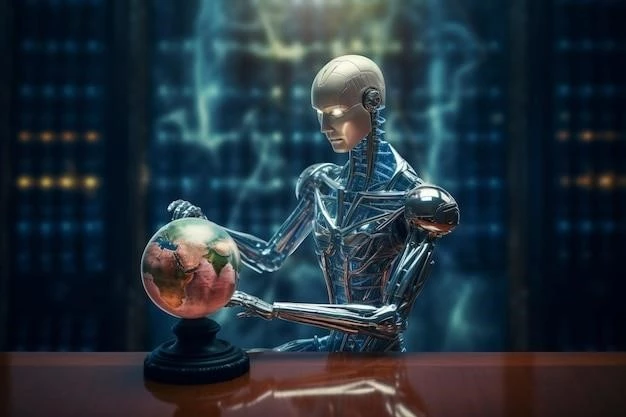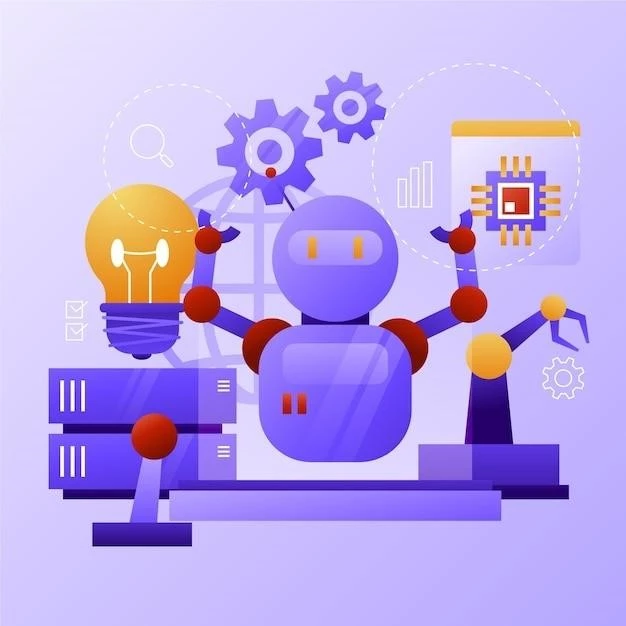Regulating Artificial Intelligence: Balancing Innovation and Ethics
Artificial intelligence (AI) is rapidly changing the world around us. From self-driving cars to personalized medicine, AI is already having a profound impact on our lives. And as AI continues to develop, its potential to improve our lives is immense. However, with this potential comes great responsibility. We must ensure that AI is developed and used ethically and responsibly.
One of the biggest challenges facing AI is how to regulate it. On the one hand, we don’t want to stifle innovation. On the other hand, we need to ensure that AI is used for good and not for harm. Finding the right balance between these two competing goals is crucial.
I’ve been working in the field of AI for several years now, and I’ve seen firsthand the incredible potential of this technology. I’ve also seen the dangers of AI if it’s not developed and used responsibly. That’s why I believe that regulation is essential. But the key is to find the right kind of regulation – one that promotes innovation while also protecting our values.

Key Considerations for Regulating AI
Here are some key considerations for regulating AI:
- Transparency and Explainability: We need to be able to understand how AI systems work. This is essential for ensuring that they are fair, unbiased, and accountable. For example, if an AI system is used to make decisions about loan applications, we need to be able to understand how the system arrived at its decision.
- Privacy and Data Security: AI systems rely heavily on data. We need to ensure that this data is collected and used ethically and responsibly. This includes protecting people’s privacy and ensuring that data is not used to discriminate against individuals or groups.
- Safety and Reliability: AI systems should be safe and reliable. This is especially important for systems that are used in critical applications, such as self-driving cars or medical devices; We need to develop rigorous testing procedures to ensure that AI systems are safe and reliable before they are deployed.
- Job Displacement: AI has the potential to displace jobs. We need to develop strategies to mitigate the negative impacts of job displacement and ensure that everyone benefits from the economic growth that AI can generate.
- Bias and Discrimination: AI systems can perpetuate existing biases in society. We need to develop methods for identifying and mitigating bias in AI systems. This includes ensuring that AI systems are trained on diverse datasets and that they are regularly audited for bias.
A Balanced Approach
Regulating AI is a complex task. There is no one-size-fits-all solution. The best approach is likely to involve a combination of different approaches, including:
- Self-regulation: The AI industry itself can play a role in regulating AI. This can involve developing ethical guidelines, best practices, and certification programs.
- Government regulation: Governments can play a role in regulating AI by setting standards, establishing oversight bodies, and enacting laws. This should be done in a way that promotes innovation while also protecting our values.
- Public engagement: The public needs to be engaged in the debate about AI regulation. This can help to ensure that regulations are developed in a way that reflects the values and concerns of society.

A Collaborative Effort
Regulating AI is a collaborative effort. It requires the participation of governments, industry, researchers, and the public. By working together, we can ensure that AI is developed and used in a way that benefits everyone.
I’m hopeful that we can find the right balance between innovation and ethics. AI has the potential to create a better future for all of us. But we need to be careful and deliberate in how we develop and use this powerful technology.










